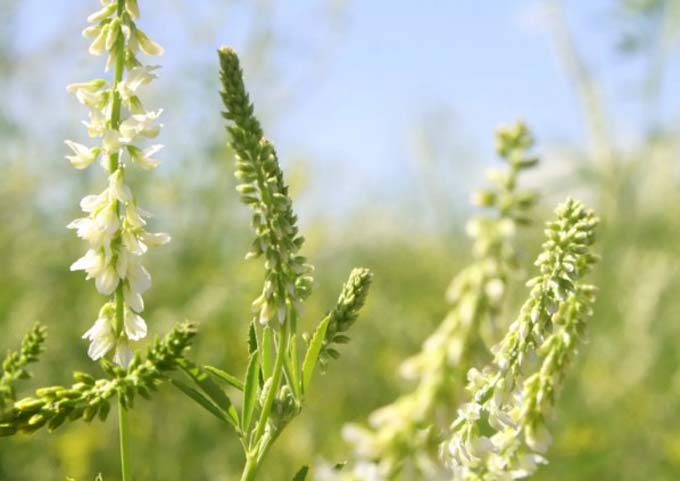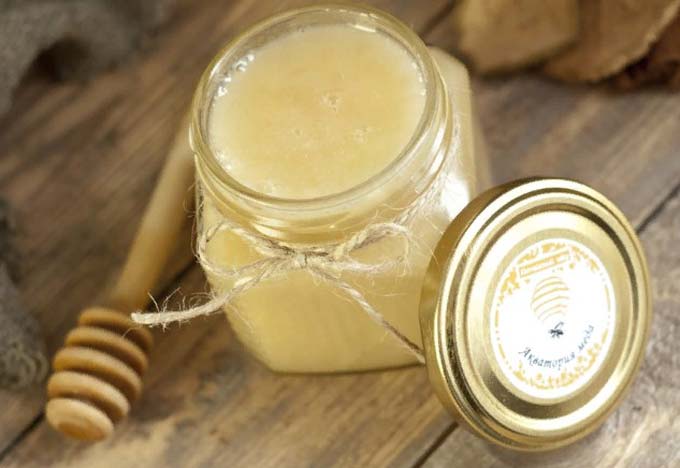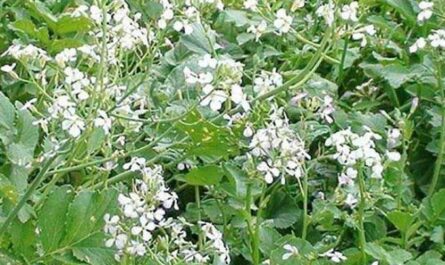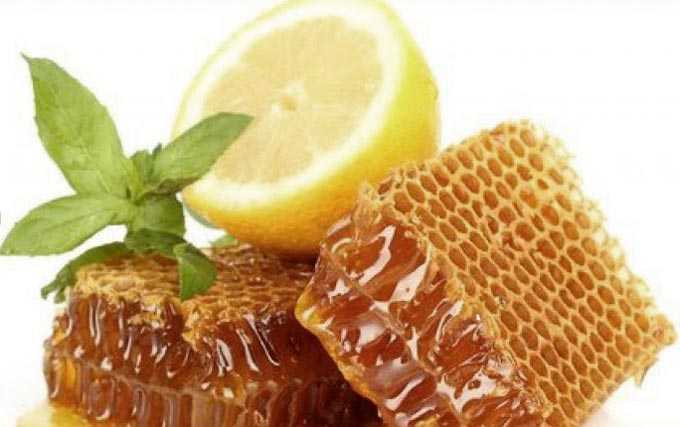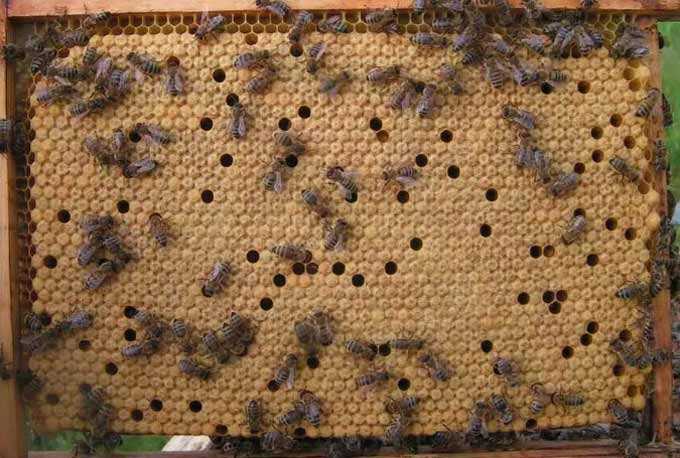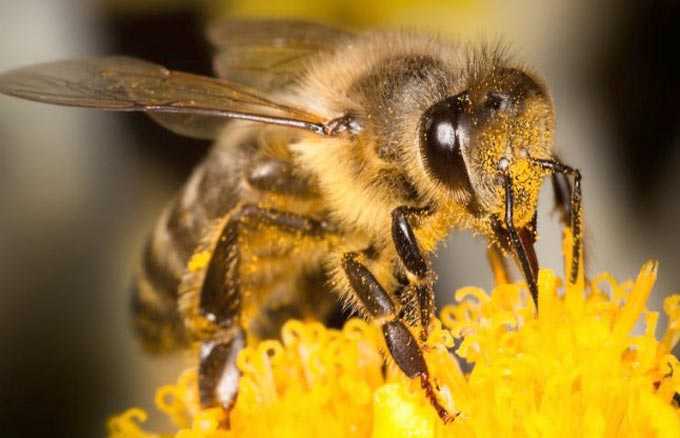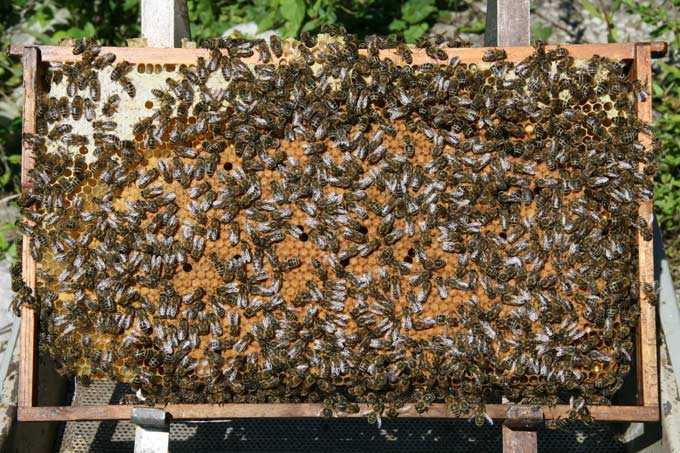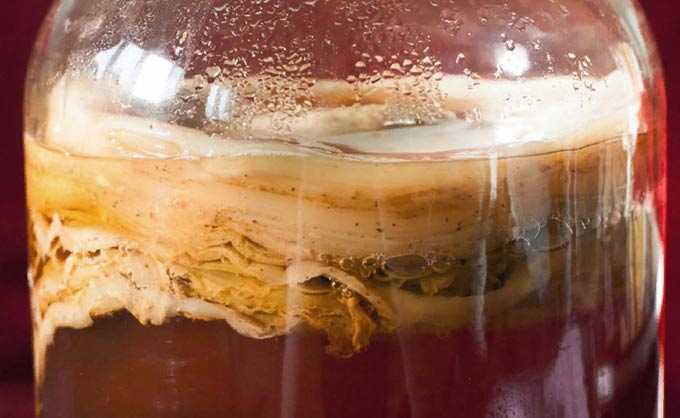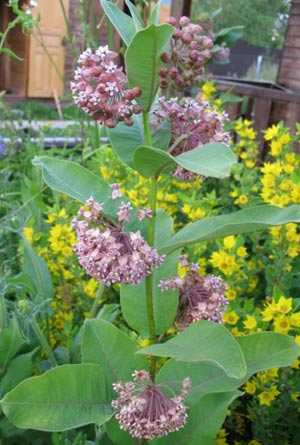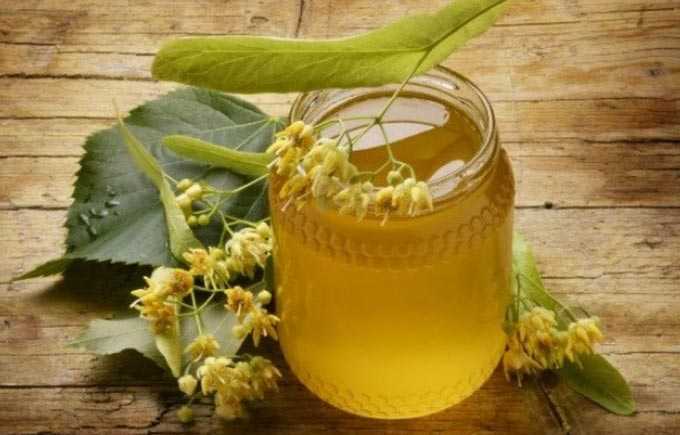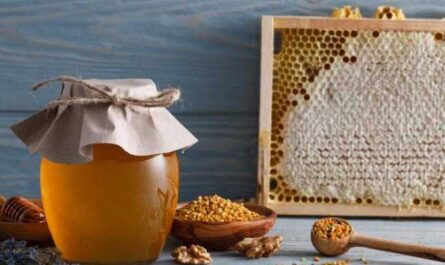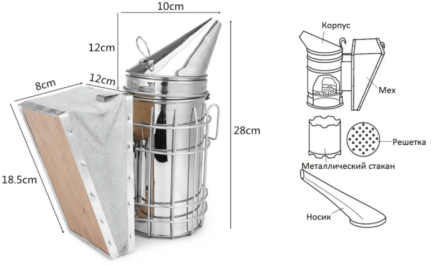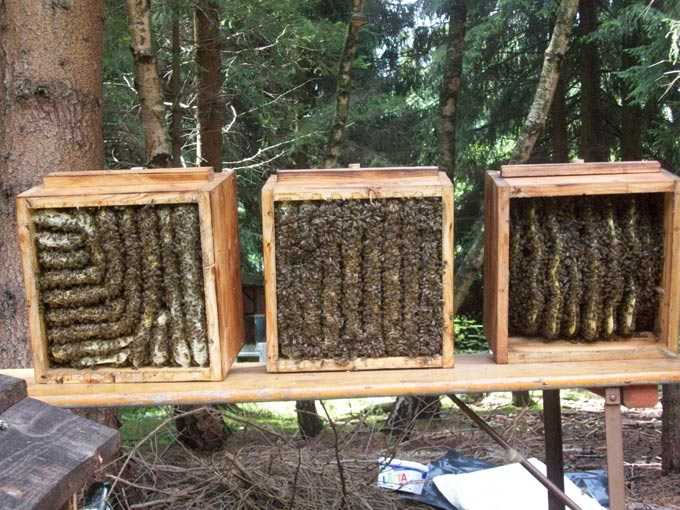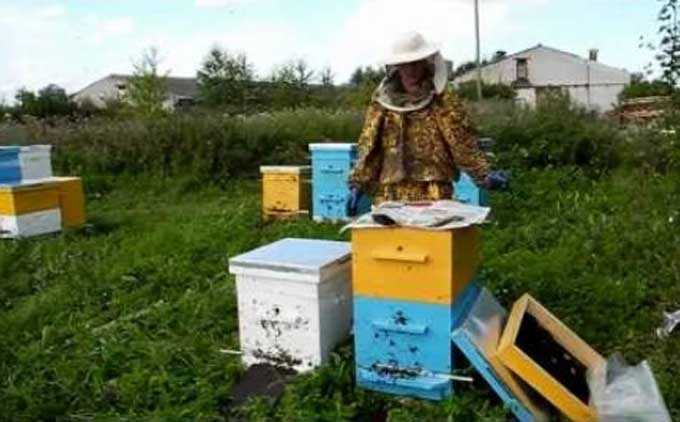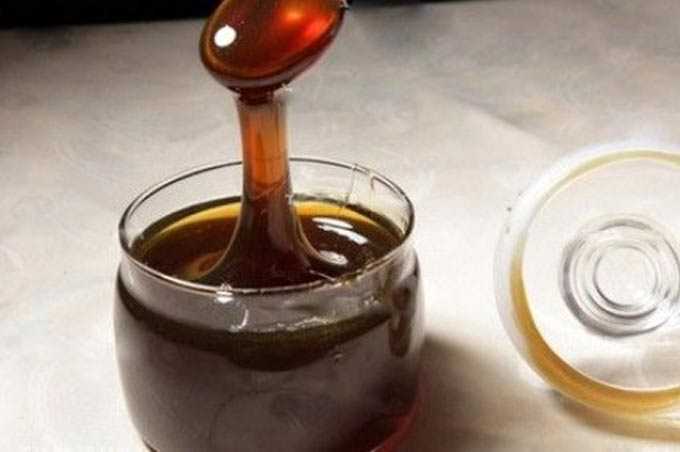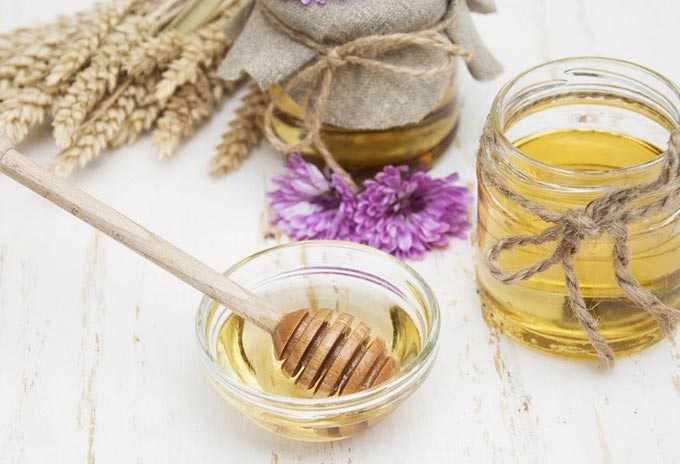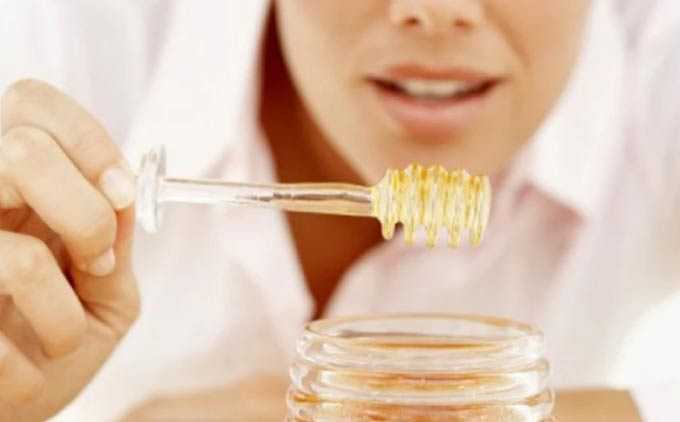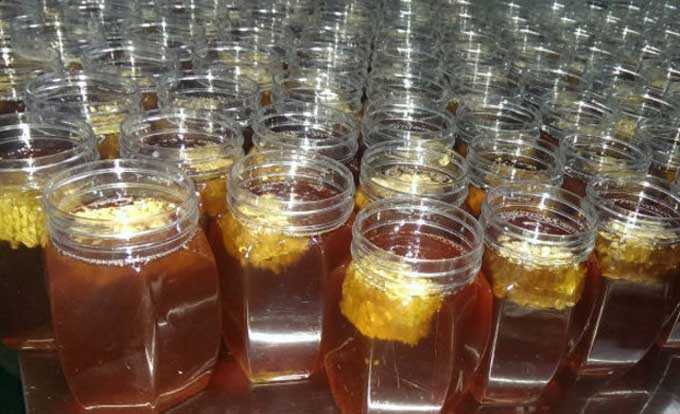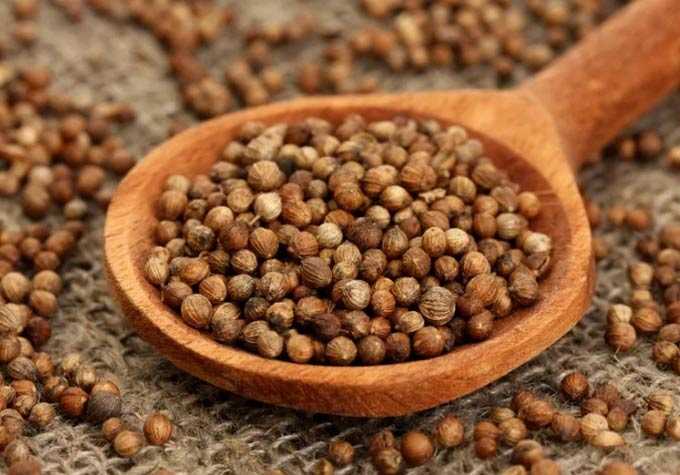Melilot honey plant, found throughout the territory of the former Soviet Union. About eleven species of the plant are known, but only two varieties are of value for beekeeping – white and yellow.
Important! Donnik Ukrainian beekeepers call the honey plant burkun (medun). They are one and the same plant.
The content of the article
- 1 Significance for agriculture
- 1.1 Yellow
- 1.2 White
- 2 Agrotechnics
- 3 Honey productivity
- 4 Useful Properties
Significance for agriculture
Cultivated as a herb with high yields of pollen and nectar.
Melilot honey plant is unpretentious to the quality of the soil, resistant to extreme heat and frost. It takes root well on inconveniences – along roads, on railway embankments, in ravines, on the slopes of hills. It tolerates stony and clay soil well. But it cannot grow on acidic soils and sandstones.
Pollinated both crosswise and independently. Lives one to two years, depending on the variety. Differs in a straight stem, very high for grasses – from 1,5 meters. And sweet clover is a white honey plant, reaching a record height of three meters.
Both varieties (white and yellow), planted along the apiaries, bloom massively and for a long time – from the first days of July to late autumn.
Yellow
The yellow sweet clover honey plant takes its name from its inflorescences. They are bright yellow, small, collected in elongated racemes. The leaves are trifoliate with jagged edges. The stem height is 1-1,5 meters.
It throws out inflorescences from the first days of July. Flowering lasts until autumn. The importance of this herb for apiaries is extremely high – it continues to consistently produce nectar and pollen when other wild plants are no longer blooming.
Prolonged flowering is due to the biological characteristics of the grass – inflorescences are formed unevenly on the stem. And they bloom gradually, blooming on the stem and side branches from bottom to top. Moreover, as the shoots grow, new clusters of inflorescences are formed in their axils.
Each individual flower lives up to two days. There are up to 120 flowers in just one brush. On one stem, you can find 60-70 such large inflorescences (about 5 flowers). One brush blooms up to two weeks.
Melilot is a yellow melliferous plant that provides quality support and proper development of bee colonies in non-tipping periods. Extremely valuable for apiaries.
White
Melilot honey plant has a high stem – from 2,5 to 3 meters. His flowers are small, collected in a brush, white. The structure of the leaves is the same as that of the yellow variety.
Blooms in early July. Flowering lasts until late autumn and the first frost. It is appreciated by beekeepers as an excellent honey plant.
Note: Both varieties are very attractive to honey bees. As soon as the melilot blooms, insects completely ignore other plants that have blossomed near the apiary.
Agrotechnics
The seeds of this herb remain viable for ten years.
The yellow variety of melliferous plants reproduces well by self-sowing – the seeds easily crumble, quickly germinate and take root, forming impassable thickets.
You can also plant both plant varieties yourself. The collected seeds are rubbed between two sheets of sandpaper until small scratches appear, through which moisture will flow to the embryo faster. Then they are soaked in water for three hours (they should swell well).
The plant does not grow well on highly loosened soil! Therefore, the place prepared for landing does not need to be dug up.
Sowing is carried out in wide rows (row spacing of 40-60 cm) to a depth of three centimeters. At the same time, you can add granular superphosphate to the soil. Acidic soil requires prior liming.
Sowing dates are selected depending on the climate. In arid regions, it is best to do this in early spring, no later than the last decade of April. In areas with favorable weather conditions, sowing can be postponed until autumn. The first shoots appear three weeks after planting.
Note: The herb honey sweet clover, regardless of the variety, is a good predecessor for corn and sugar beet.
Honey productivity
The plant’s melliferousness directly depends on the correct agricultural technology and weather.
But even in dry years, sweet clover as a honey plant gives rather high yields – about 130-200 kilograms of marketable honey from each hectare. The concentration of sugar in nectar is average – from 22 to 55 percent.
The resulting honey has a pleasant smell, reminiscent of freshly cut hay, a white color with a greenish or amber tint, and a mild taste with a slight bitterness like vanilla. Crystallizes, forming a hard coarse-grained mass.
Useful Properties
In addition to its high taste, sweet clover honey has a number of characteristics that turn this bee product into a folk remedy.
The main beneficial property is its ability to strengthen the human immune system. It is recommended in folk medicine as a general tonic.
Also, this product is used:
- to enhance lactation in lactating women (a dessert spoon after each meal);
- for the prevention of colds, flu epidemics, respiratory infections;
- to facilitate the release of phlegm with a strong cough (added to the groove cut in the radish, and drunk with the excreted juice);
- to normalize low blood pressure;
- to improve skin color (included in cosmetic masks and wraps);
- for scarring wounds, abscesses, relieving inflammation in places of varicose veins;
- to combat insomnia (a tablespoon per 150-200 ml of warm water half an hour before bedtime).
The daily adult dose is about 20-30 ml. For children, it is desirable to reduce the amount to 10-15 ml. For babies, honey is given at the very tip of a teaspoon!

